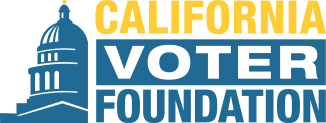MORE RECENT 2024 INFO on how to correct a mistake on your ballot is available via KQED
Excerpts:
Minutes into filling out my absentee ballot last week, I was momentarily distracted by my dog Seamus. A moment later, I realized in horror that I was filling in the wrong bubble -- accidentally voting "no" on a ballot measure that I meant to vote "yes" on.
It was only a few ink marks, but it was noticeable enough. Trying to fix my mistake, I darkly and fully filled in the correct circle and then, as if testifying to an error on a check, put my initials next to the one I wanted.
Then I worried. As a reporter who has previously covered election security for years, I went on a mini-quest trying to understand how a small mistake can have larger repercussions.

